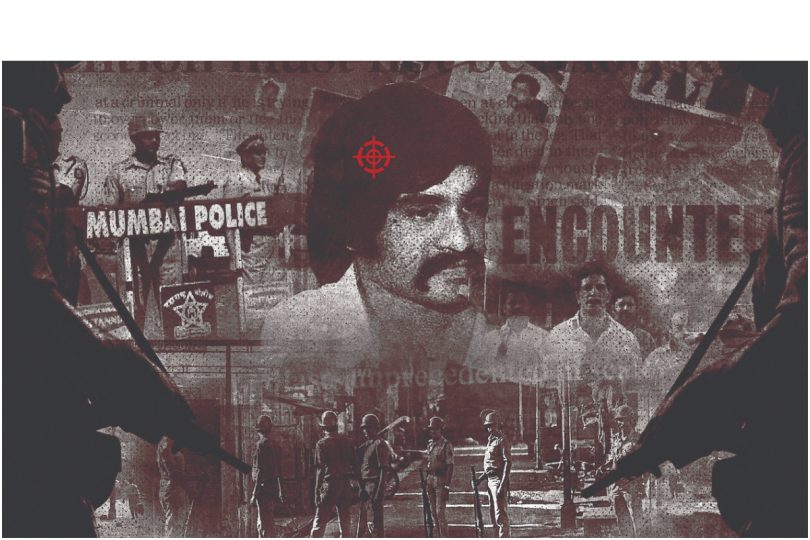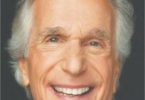How Mumbai police saved India’s financial capital and rid it of gangsters!
If you have read Indian journalist Hussain Zaidi’s book about the Indian underworld, then Netflix’s documentary Mumbai Mafia: Police vs Underworld is something you shouldn’t miss. It provides you the visuals to his books Dongri to Dubai, Byculla to Bangkok and My Name is Abu Salem to name a few, while detailing how the Indian police were able to take back the control of India’s financial capital from those who considered themselves above the law.
Produced by Morgan Matthews and Sophie Jones and directed by Raaghav Dar and Francis Longhurst, this documentary follows the story of a city that wouldn’t have been saved had it not been for the heroic rise of its cops, who went overboard in their hunt for dangerous gangsters. However, unlike other such documentaries, this one also brings the dark side of law showing how some of the cops abused their power for their monetary gains and were later punished for that.
The documentary might be an eye-opener for those millennials who think that Mumbai never had gangsters because it shows them that there was a time that men from the underworld were ruling the city with an iron fist. Featuring the interview of policemen who were behind the end of gangsters in Mumbai, including the legendary Aftab Ahmed Khan who founded the now-notorious Anti-terrorism Squad (ATS), as well as journalist Hussain Zaidi who covered crime, this documentary covers every angle that would interest the viewers.
Since most of the encounter cops of the 90s are still alive (Aftab Ahmed Khan died last year after recording his views), they all speak their minds about the need for encounters and how it helped save the city which was till then deemed unsavable. Would Mumbai (formerly known as Bombay) have been saved from crimes like extortion, terrorism, and murder had the encounter cops not been unleashed on them, that might have been a million-dollar question but after going through this documentary, it seems unlikely that the city would have survived long had the cops not been there to save it.

Be it journalist Puja Changoiwala, former D Company member Shyam Kishore or later-disgraced cop Pradeep Sharma, everyone gives their side of the story in this documentary making the audience aware of how it was 30 years back in the city. The narration is fast-paced and the documentary is edited like a thriller, but it also has a shock value that would be taken differently by different generations. Those who lived in those times would be shocked by the cops’ admission to what they should have termed ‘hunting season’ while those who grew up in the new millennium would be shocked to know that their country resembled the Wild West not long ago.
Like the early days of lawmen in America, cops in India followed the ‘shoot first and ask questions later’ formula to clean the city of crime and grime, but when they should have stopped, they didn’t. And when the cause turned into a casual sport – with cops competing with each other for the highest number of gangsters killed – things began to go sideways and justice had to be served from above, and that’s exactly why encounter specialist Ravindra Angre seemed so angry on screen.
Add to that journalist Puja Changoiwala’s comments who said that cops killed five times more people than the death count in the Bombay bomb blasts and you will have an idea of what was going on in Mumbai during the 1990s. Journalists Alex Perry and a very animated Minty Tejpal also provide their two cents on the situation. While Alex Perry’s piece for an international publication caused a tremor in the Indian justice system, Minty Tejpal’s decision to call the historic Babri Masjid a ‘Muslim Mosque’ wouldn’t go down well with the audience.
Given it’s produced for Netflix, it should have been longer, had more participants, and treated the worldwide audience instead of just Mumbaikars or those who know about the city’s past. It also fails to clear the misconception that only Dawood Ibrahim was behind everything that took place in the city, and doesn’t bring forward the names of his contemporaries and small-time goons who terrorized the city during the 1980s and the 1990s.
Some of the cops who were instrumental in bringing down the gangsters like former police commissioner Rakesh Maria who was at the helm during the Mumbai Blasts of 1993, and former ATS head Hemant Karkare who died saving the city fifteen years later, don’t get the mention they deserve in this documentary. It might have something to do with their relatively clean careers because most of the members interviewed somehow had a little blemish on their careers.
If you aren’t familiar with Hussain Zaidi’s work, then this documentary will make you want to know more about his writing, which is nothing short of a standard for all those who want to read about true crime. It wouldn’t be incorrect to say that in order to understand this 87-minute documentary fully, the readers must be well-versed in Mumbai’s history and geography, which is something Hussain Zaidi excels in. It might be gripping and engaging from the beginning, till its very end but if you aren’t familiar with the grammar, the language might seem alien to you.







